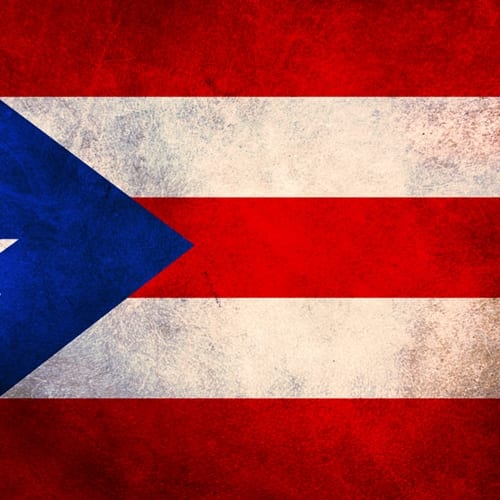More than a week removed from one of the most devastating hurricanes to ever strike Puerto Rico, the U.S. territory remains in dire need of water, food and other essential materials. Several organizations around the world have stepped up to the plate, including marine contracting employers, equipment manufacturers and vendors that comprise the American Maritime Partnership (AMP).
First Category 4 hurricane to hit Puerto Rico
In an effort to hasten the recuperation effort, the AMP has transported an estimated 9,500 containers of goods to Puerto Rico as of Sept. 27, helping area residents with much-needed relief after Hurricane Maria struck as a Category 4 storm on Sept. 20. According to the National Hurricane Center, by the time 13th named storm of the year reached the Caribbean territory, sustained winds were clocked at a peak speed of 155 miles per hour, Bloomberg reported. The intensity of the wind gusts, along with other damaging characteristics of the weather maker, knocked power out for virtually the entire region, which is home to roughly 3.4 million people.
Thomas Allegretti, AMP chairman, noted mariners will stop at nothing to ensure Puerto Rico gets back on its feet, just as they've done in Texas and Florida in the aftermath of Hurricanes Harvey and Irma.
"The men and women of the American maritime industry stand committed to the communities in Puerto Rico impacted by Hurricane Maria, where many of our own employees and their families reside and are working around the clock to respond to the communities in need," Allegretti confirmed. "As our industry has done in past natural disasters, including most recently Hurricanes Harvey and Irma, we are actively working with the Administration, [Federal Emergency Management Agency], [U.S. Maritime Administration] and relief organizations to deploy quickly and deliver essential goods like food, fuel, first aid supplies, and building materials."
He further noted AMP did indeed move around 9,500 containers made up of donated supplies to go toward Puerto Rico's convalescence. Additionally, very shortly after Maria struck, a large container ship hailing from the U.S. arrived, carrying 35 million pounds of cargo.
More containers on the way if necessary
There's plenty more where that came from, should the U.S. territory's needs persist. AMP says Jones Act vessels have the capability to transport 4,000 containers per week to Puerto Rico, which sits roughly 1,150 miles from Florida, on the opposite side of Hispaniola, the island Haiti and the Dominican Republic share.
While it's not known precisely how long it will take to get Puerto Rico back to normal, an estimated 97 percent of residents remain without electricity as of Sept. 27, according to Gov. Ricardo Rosello, CNN reported. Furthermore, 50 percent of the U.S. commonwealth doesn't have potable water.
It's natural disasters like these that make having the right coverage indispensable, particularly in regions that are prone to coastal storms. Fisk Marine Insurance International has a variety of plans that can outfit marine contractors and businesses with the protection they need when things go bad. This includes international insurance coverage.


